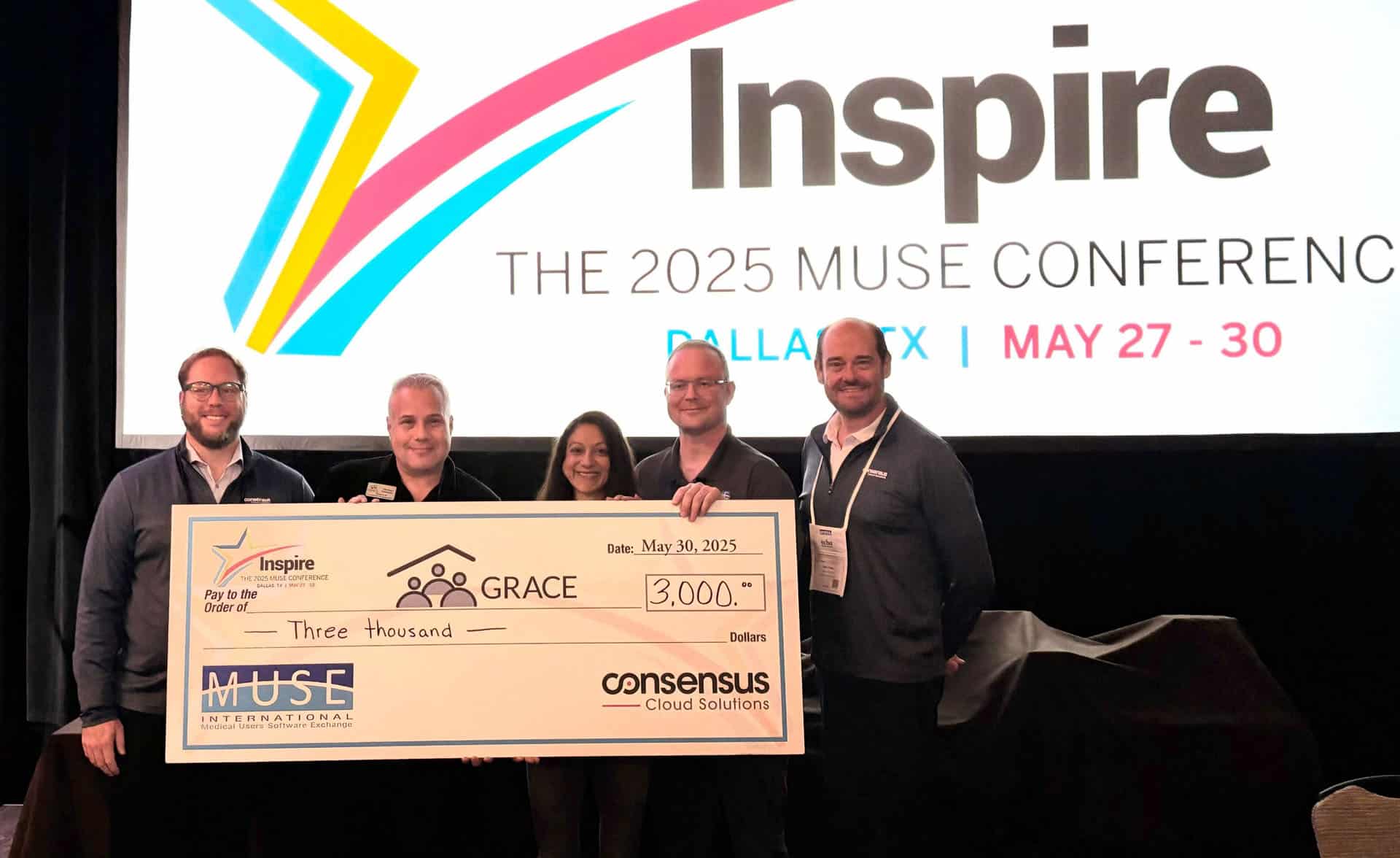Thought Leadership
Healthcare Interoperability Part 2: Information Blocking and Preparing for Broader Information Flow

In part 1, we described the debate on the role of APIs and FHIR that took place during the 4th Annual Current and Future State of Interoperability, a panel discussion sponsored by eFax Corporate® and hosted by HealthcareNOW Radio.
The panel included moderator Matt Fisher, attorney with Mirick O’Connell; John Nebergall, vice president of Consensus; Chris Muir, director in the Standards Division of ONC; Dave Cassel, executive director of Carequality; and Jeff Coughlin, senior director of federal and state affairs for HIMSS.
In this post, we’ll focus on the panel’s discussion of proposed information blocking rules and how healthcare organizations can prepare for the broader information sharing inevitably coming to healthcare.
Not surprisingly, ONC’s Muir couldn’t speak to some information blocking questions, as the rule is currently under review. He did say that when meeting with patients and caregivers, he frequently hears complaints about getting access to information and expects the 21st Century Cures Act to mitigate some of those challenges.
He went on to say that although his agency seeks to address things like the security of APIs and potential problems stemming from deliberate information blocking, what he and his colleagues are really trying to do is create the preconditions for truly transforming healthcare—in which patients play a larger role in their healthcare and there is more competition in the healthcare technology field.
Meanwhile, there was a lively debate over the seven exceptions to information blocking penalties proposed by ONC, which include protecting patient safety, promoting the privacy of EHI, promoting the security of EHI, allowing recovery costs, excusing an actor from responding to infeasible requests, permitting the licensing of some interoperability elements, and allowing temporary exceptions for maintenance or improvements.
HIMSS’s Coughlin says his organization is mainly concerned with ensuring that the seven exceptions are focused in the right direction and had asked ONC for more information about what “broad sharing” would look like.
Carequality’s Cassel said he believes the information blocking rule will have some benefit in expanding on some of the progress already made, especially with regard to provider-to-provider interoperability and potentially opening up the interoperability to patients and others.
But Consensus’s Nebergall disagreed. “It’s a fragmented environment, with organizations in various stages of moving to value-based reimbursement. Laying out a clear and enforceable rule for what constitutes purposeful withholding of patient data would be nearly impossible,” he said.
Nebergall went on to point out that in addition to federal rules, healthcare leaders must consider state laws, sometimes for multiple states, making compliance even more complex. “Short timelines like compliance in 2020 could prove very costly for providers,” he said.
Proper preparation
The panelists differed in their advice for healthcare executives preparing for broader information sharing and information blocking penalties. Cassel said he encourages providers to begin work on the documentation to qualify for exceptions, should they be needed. He also said healthcare organizations should look at how information blocking fits within their overall compliance framework. “Have a compliance plan in place so that you can prioritize your technology-based efforts on the greatest risk or the greatest opportunity,” he said.
Coughlin said the organizations he regularly speaks with are preparing based on the proposed rule. “I think people are primed and ready and just waiting to see the final rule,” he said. He also noted the connection between interoperability and other policy issues, such as value-based care.
“You can’t deliver value-based care without broad information exchange, and the burdens on providers are such that it’s important to minimize the amount of time clinicians spend trying to share information with other health systems.”
Nebergall had a different view, encouraging those involved with rulemaking to consider encouraging small steps that will lead to more participation at the provider level. “The reality of our healthcare system is that we have a very large middle-of-the-pack that is still dealing with highly manual paper processes,” he said.
“I think there is a ton of work left to do to adopt electronic workflows into the real world of how care is delivered, not only in hospitals, but also post-acute care and home healthcare. The idea of being able to share information like this is light years away from the reality of what these caregivers deal with every day.”Fax is the fiber of who work gets done at the clinical level—electronic transactions of any kind are dwarfed by fax, he said. “And if we keep focusing on the edge of the spear, we’re not going to provide what the “middle” needs, which is getting the information into electronic form so they can think about transmitting it.”































